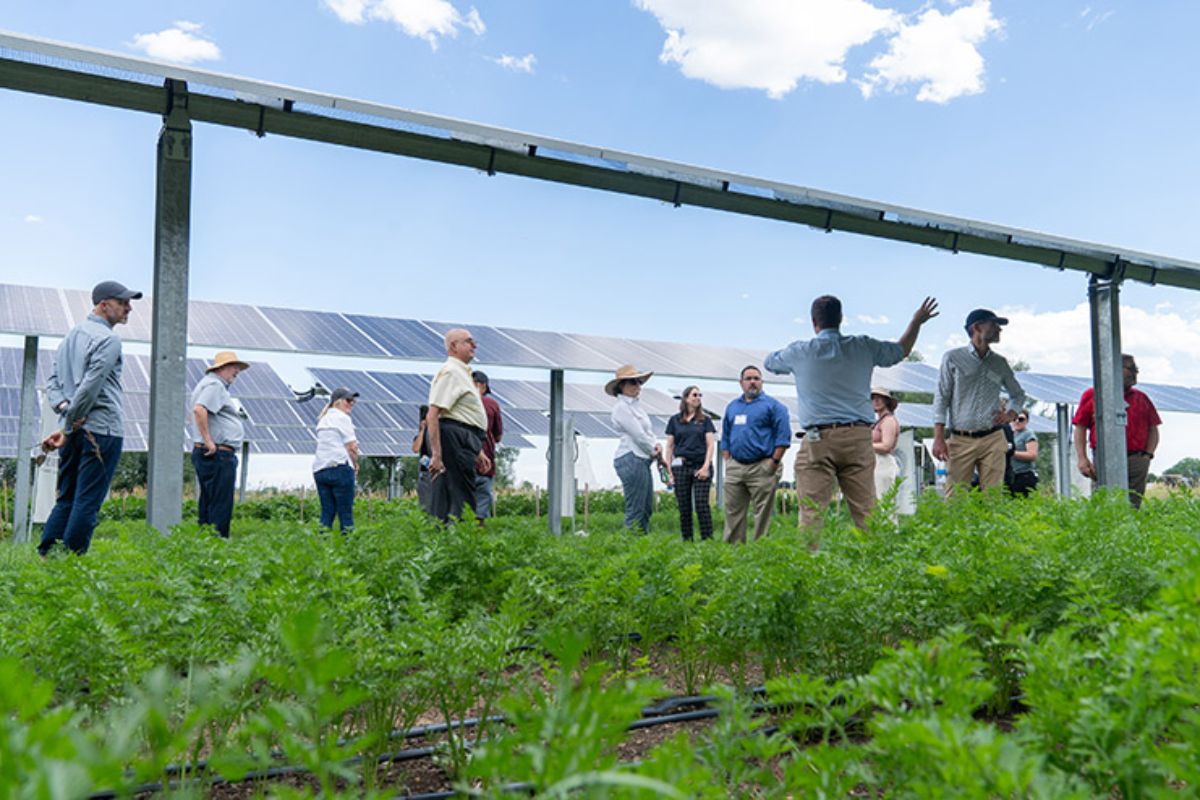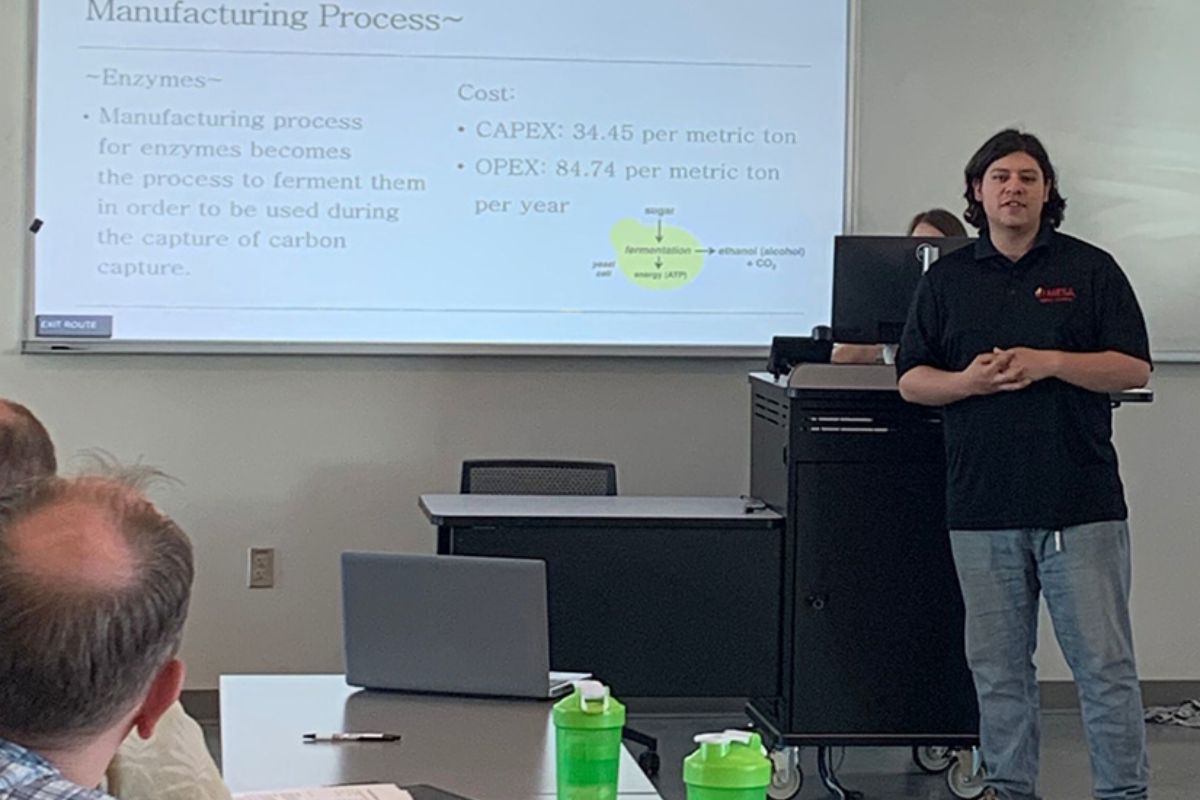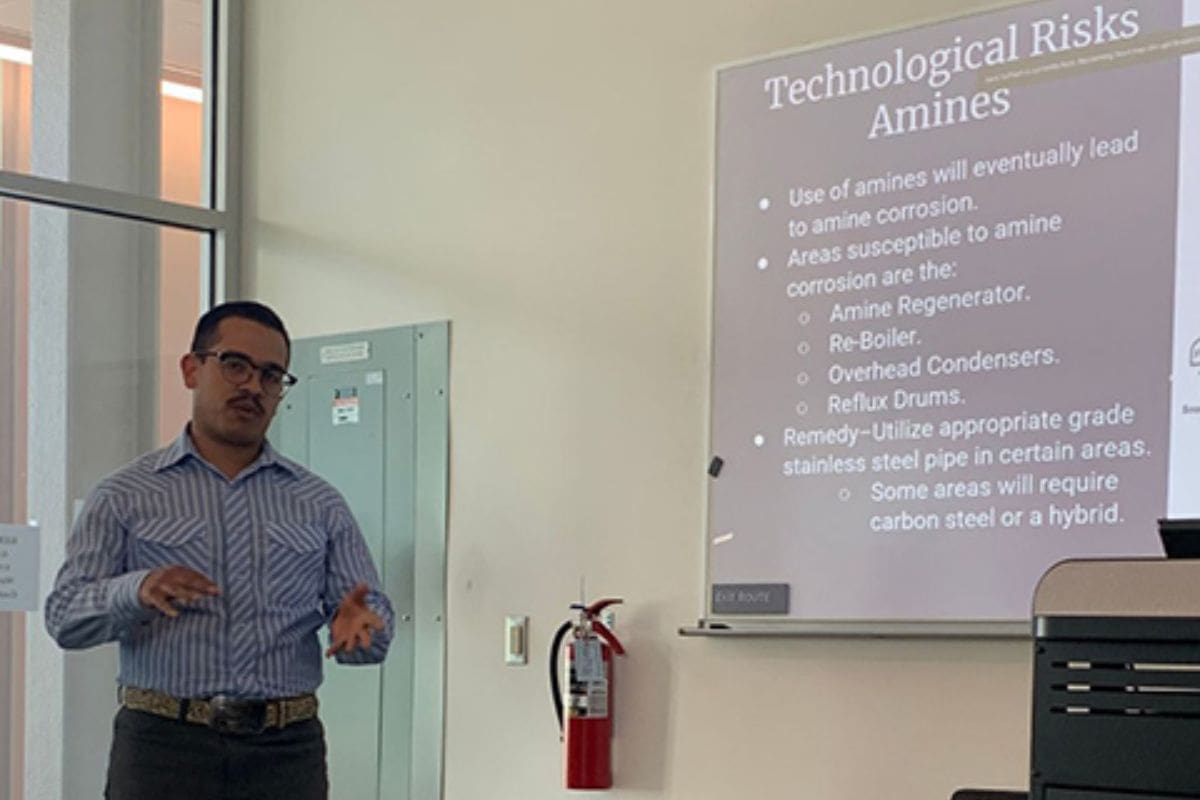California Clean Energy Revolution: As you stand amidst the rolling hills of Kern County, envision a landscape transformed by the hum of clean energy innovation. Picture a collaboration between the National Renewable Energy Laboratory (NREL) and the Kern Community College District (KCCD) that is reshaping the future of this region.
The partnership’s roots run deep, aiming to cultivate a sustainable energy ecosystem that not only benefits the local economy but also empowers the next generation of green leaders. Discover how this synergy is not just changing landscapes but also paving the way for a brighter, more sustainable future.
Kern County’s Economic Background and Identity
Kern County has long thrived on its dual pillars of energy production and agriculture, shaping a resilient economic foundation deeply intertwined with its residents’ sense of pride and belonging. For over a century, the county’s economy has been intricately linked to the extraction of oil and gas, alongside a robust agricultural sector. This unique blend hasn’t only defined Kern County’s economic landscape but has also become a source of identity and community pride for its inhabitants.
The energy sector, with its sprawling oil fields and productive wells, has provided job opportunities and economic stability for generations of Kern County residents. Simultaneously, the fertile land has supported a thriving agricultural industry, contributing significantly to the county’s economic prosperity. The symbiotic relationship between energy production and agriculture has created a strong sense of resilience and determination within the community, shaping Kern County’s identity as a powerhouse in both sectors.
Residents take pride in their roles as stewards of the land and as contributors to the nation’s energy needs, fostering a deep sense of belonging and commitment to their county’s economic legacy.
NREL-KCCD Partnership Origins and Vision
Amid Kern County’s rich history of energy production and agriculture, a transformative collaboration between the National Renewable Energy Laboratory (NREL) and Kern Community College District (KCCD) has emerged, driven by congressional interest and President Sonya Christian’s forward-thinking vision to advance education, training, and research in clean energy and climate resilience. This partnership aims to revolutionize the region’s approach to clean energy and climate resilience through innovative educational programs and cutting-edge research initiatives. Here, take a look at the key aspects of this visionary collaboration:
| NREL-KCCD Partnership Origins and Vision | Key Highlights |
|---|---|
| Origins | Congressional interest |
| President Sonya Christian’s vision | |
| Vision | Enhance education in clean energy |
| Advance training programs | |
| Foster research in climate resilience |
This strategic alliance lays the foundation for a sustainable future, where knowledge and innovation converge to shape the clean energy landscape in Kern County.
Establishing Centers of Excellence
To pave the way for cutting-edge advancements in clean energy and climate resilience, the establishment of Centers of Excellence at Kern Community College District under President Sonya Christian’s leadership has been instrumental. These centers, including the California Renewable Energy Laboratory (CREL), have been pivotal in cultivating a secure energy future.
Focusing on areas such as clean energy, grid resilience, carbon management, and clean transportation, they drive academic programs and workforce development in Kern County. By spearheading initiatives that align with California’s clean energy goals, the Centers of Excellence not only contribute to environmental sustainability but also provide students with the skills needed for emerging green technology careers.
President Christian’s vision for these centers exemplifies a commitment to innovation and progress, positioning Kern Community College District as a leader in the clean energy revolution. Through strategic collaborations and a forward-thinking approach, the Centers of Excellence set the stage for transformative change in the region’s energy landscape.
Student-Led Research and Educational Impact
As you explore the impact of student-led research in clean energy at Kern Community College District, you’ll uncover a dynamic educational environment fostering innovation and real-world solutions. KCCD students dive into hands-on research areas like carbon capture and microgrids, crucial components of the clean energy landscape. Their findings not only shape future projects but also drive the development of cutting-edge curriculum, all under the guidance of NREL’s expertise.
Engaging in such research equips students with practical insights, allowing them to grasp the importance of clean energy solutions within their communities. Through this experiential learning, students not only deepen their understanding of clean energy technologies but also contribute meaningfully to the ongoing quest for sustainable practices. The collaborative nature of these projects not only benefits the students directly involved but also has a ripple effect, inspiring others within the educational ecosystem to explore the possibilities of clean energy innovation.
Model Replication and Future Prospects
In the realm of model replication and future prospects for clean energy initiatives in Kern County, NREL and CREL are pioneering a path towards nationwide partnerships with community college districts. Their vision extends beyond the borders of Kern County, aiming to replicate their successful model in collaboration with community colleges across the country. By fostering these partnerships, NREL and CREL are set to amplify the impact of their research initiatives, offering valuable insights and creating new opportunities for students and communities nationwide.
The replication of this model holds immense promise for the future of clean energy education and innovation. Through collaborations with community college districts, the reach of NREL and CREL’s efforts will broaden, empowering more individuals to engage with renewable energy technologies and sustainable practices. As this partnership model expands, it has the potential to transform not only local communities but also the broader landscape of clean energy initiatives throughout the United States. The prospect of widespread adoption and adaptation of this model signifies a significant step towards a more sustainable and environmentally conscious future.
Also Read: Innovative California Startup Offers a Unique Approach to Tackle Heavy-Duty Truck Emissions
News In Brief
Kern County’s Landscape Transformed: NREL and KCCD Forge Clean Energy Partnership. Picture a collaboration reshaping Kern County’s future. NREL and Kern Community College District’s visionary alliance enhances education, driving clean energy innovation. Centers of Excellence, led by President Sonya Christian, focus on clean energy, grid resilience, carbon management, and clean transportation. Student-led research in carbon capture and microgrids shapes cutting-edge curriculum, fostering real-world solutions. With a goal to replicate success nationwide, NREL and CREL pioneer clean energy education beyond Kern County. Their model holds promise for a sustainable, nationwide shift toward clean energy innovation and education.
Our Reader’s Queries
What is the clean energy policy in California?
In the previous year, Governor Gavin Newsom established targets for California to achieve 90% clean electricity by 2035 and 95% by 2040, progressing towards the state’s existing objective of attaining 100% clean energy by 2045. This entails a shift to energy derived from renewable sources such as solar and wind, along with zero-carbon sources like nuclear.
What is the clean power program at University of California?
As a regulated Electric Service Provider, the Clean Power Program (CPP) oversees a collection of renewable and carbon-free electricity sources. This power is then distributed to participating campuses through the state’s investor-owned utilities.
What is the renewable energy program in California?
The legislation established the Green Tariff Shared Renewables (GTSR) program, a 600-megawatt initiative spanning the entire state. This program enables customers of participating utilities — including local governments, businesses, schools, homeowners, municipal customers, and renters — to fulfill up to 100 percent of their energy needs through eligible generation sources.
What are the three major energy resources from California?
California’s economic stability relies on cost-effective, dependable, and environmentally friendly power sourced from renewable energy, hydroelectric power, and natural gas.




